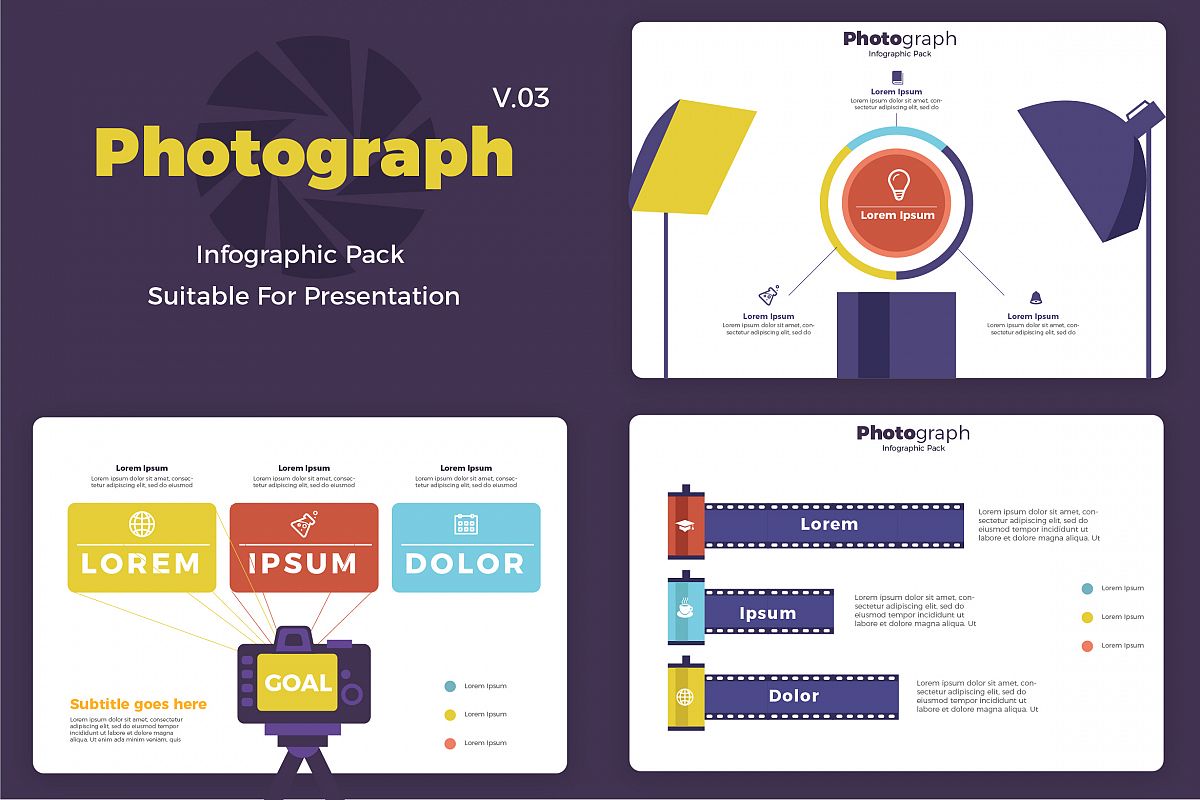Photography Tips For Beginners: Mastering Your Electronic Camera In A Snap
Photography Tips For Beginners: Mastering Your Electronic Camera In A Snap
Blog Article
Content Author-Lundgreen Fuentes
When you first get your cam, it can really feel frustrating with all the setups and options readily available. You could find yourself wondering exactly how to browse aperture, shutter speed, and ISO properly. Mastering these fundamentals is important, however there's more to photography than simply technical knowledge. Comprehending structure techniques and lights conditions can boost your images significantly. So, what happens if you could learn straightforward methods to improve your abilities and begin recording outstanding photos faster than you think? Allow's check out just how to transform your digital photography journey.
Understanding Video Camera Settings
Recognizing your electronic camera settings is vital for catching stunning pictures. When you get your cam, familiarize on your own with the 3 primary setups: aperture, shutter speed, and ISO. Each plays a crucial role in how your photos turn out.
Beginning with aperture, which controls the quantity of light entering the lens. A larger aperture (reduced f-number) lets in much more light and produces a lovely background blur, ideal for pictures. Conversely, a narrower aperture (higher f-number) maintains even more of the scene in focus, ideal for landscapes.
Next off, focus on shutter rate. This setup establishes how long your camera's sensor is subjected to light. A fast shutter rate freezes activity, which is wonderful for action shots, while a slow shutter rate can develop stunning results like smooth water in landscapes.
https://fstoppers.com/business/what-can-photographers-do-during-coronavirus-downtime-464315 but not least, change your ISO. This setting influences your electronic camera's sensitivity to light. A greater ISO is useful in low-light circumstances but can introduce sound or grain. Aim for the most affordable ISO feasible while still accomplishing correct direct exposure.
Make-up Strategies
When you're out capturing, structure can make all the difference in just how your pictures reverberate with visitors. Beginning by using the guideline of thirds; envision your framework divided into nine equivalent sections with 2 straight and two vertical lines. Position key elements along these lines or at their intersections to produce balance and interest.
Next, think about leading lines. These natural lines in your scene, like roadways or rivers, attract the visitor's eye right into the photograph, guiding them via the story you're informing.
Don't forget about framing; usage aspects within your scene, like trees or home windows, to produce a frame around your topic, including deepness and emphasis.
Additionally, keep an eye on your history. A chaotic background can sidetrack from your main subject, while a straightforward one helps it attract attention.
Finally, experiment with proportion and patterns; they can produce a striking image that captures interest.
Learning Lighting Issues
Understanding illumination problems is important for recording sensational pictures, as the ideal light can transform a normal scene into something amazing.
Start by observing natural light at different times of the day. Early mornings and late afternoons supply the very best light, referred to as the gold hour. The soft, warm tones throughout these times can boost your images perfectly.
Don't shy away from cloudy days either; diffused light can reduce extreme darkness and create a pleasing effect, specifically for portraits.
Try out backlighting by positioning your topic against the light. just click for source can create a wonderful halo result and add depth to your photos.
Take note of your video camera setups too. Change the ISO, aperture, and shutter speed to match the illumination conditions. A higher ISO can help in low light, but be cautious of grain.
Make use of a tripod in darker atmospheres to prevent blur.
Finally, do not neglect artificial lights. Flash and continuous lights can be fantastic tools for regulating light in tough problems.
Conclusion
To conclude, mastering your video camera doesn't have to be frustrating. By recognizing your setups, using make-up methods, and using the power of natural light, you'll quickly raise your digital photography skills. Remember, exercise makes best, so venture out there and trying out your newfound knowledge. With time and devotion, you'll be catching sensational pictures that mirror your unique viewpoint. Delight in the trip, and do not neglect to enjoy while you go to it!
